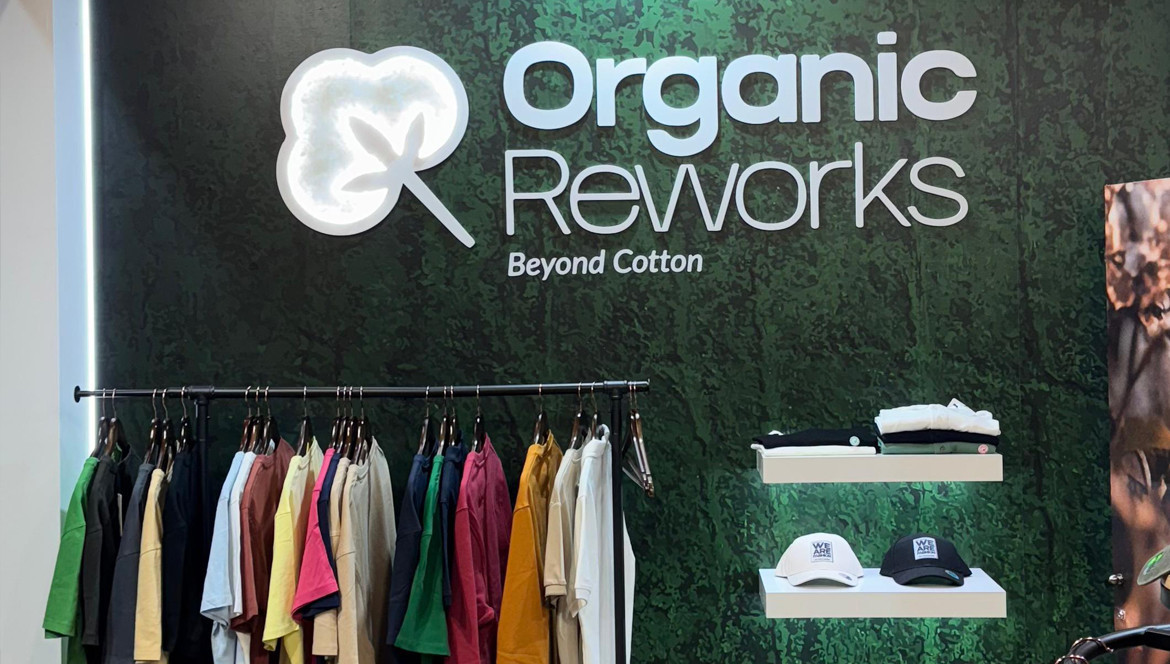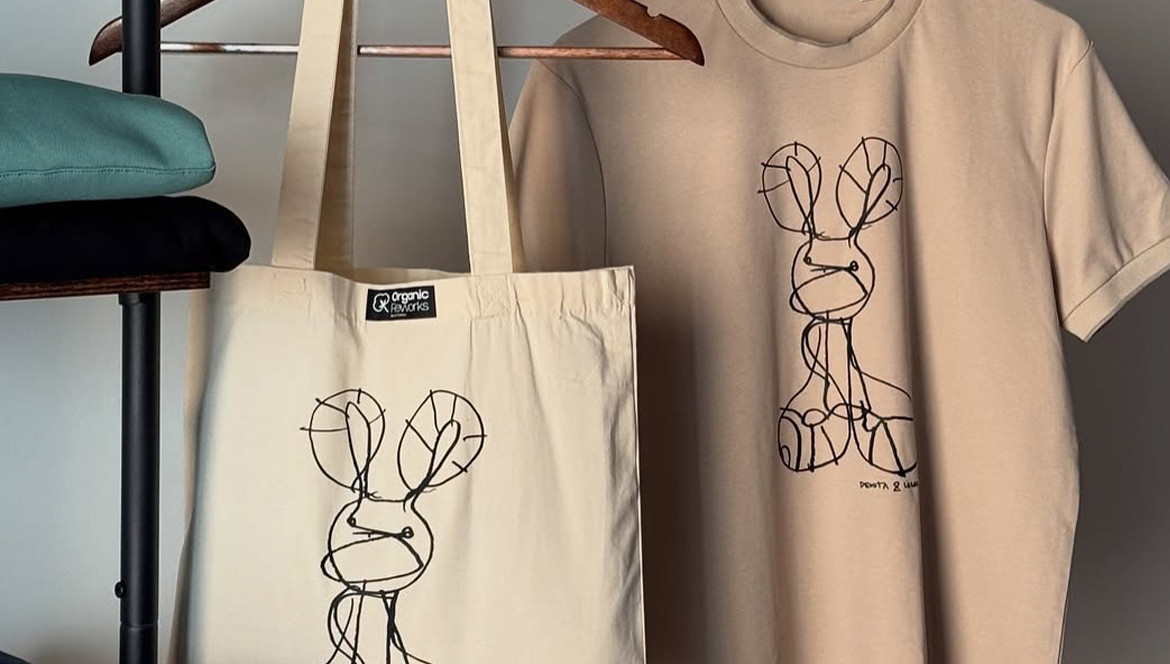Ecological cotton dyeing process

Organic cotton dyeing is a process of dyeing fabrics using environmentally friendly methods and products that do not use chemicals harmful to health or nature.
In this type of dyeing, the goal is to minimize the environmental impact, reducing the use of water, energy and toxic products.
Here are some key aspects of this process:
1. Use of natural dyes
Natural dyes come from plants, minerals or insects. Some common plants for dyeing include turmeric, indigo, cochineal or hibiscus. These dyes are less polluting than synthetic ones and can be biodegradable.
2. Plant-based dyes
Some ecological dyes are obtained from leaves, flowers, roots or fruits, which are processed in a way that maintains their properties without using industrial chemicals.
3. Vegetable or low-impact dyes
There are eco-friendly dyes that, although synthetic, are formulated to be more sustainable and less polluting than traditional dyes, using less water and chemicals.
4. Chemical reduction
The eco-dyeing process avoids the use of products such as heavy metals, azo dyes, and other hazardous substances commonly found in the traditional textile industry.
5. Sustainable dyeing methods
To reduce water and energy consumption, cold dyeing, dyeing with less water, and small batch dyeing techniques are used. Sometimes, water recycling is used in the process.
6. Benefits of organic cotton
Organic cotton is grown without the use of pesticides or synthetic fertilizers, making it a healthier option for the environment, farmers, and consumers. In addition, it is softer to the touch and better for the skin, especially for people with sensitive skin or allergies. 7. Eco-certifications
Products that use eco-friendly dyes and organic cotton often have certifications such as GOTS (Global Organic Textile Standard) or OEKO-TEX Standard 100, which guarantee that the product meets strict environmental and social criteria.
In short, eco-dyeing organic cotton is a cleaner and more responsible alternative in the textile industry, promoting a more sustainable life cycle for clothing.







Comments
No comment at this time!
Leave your comment